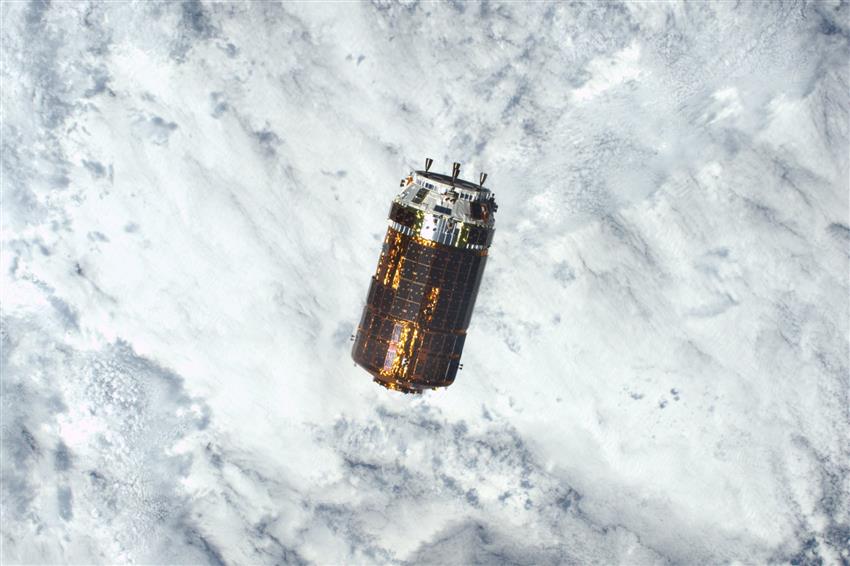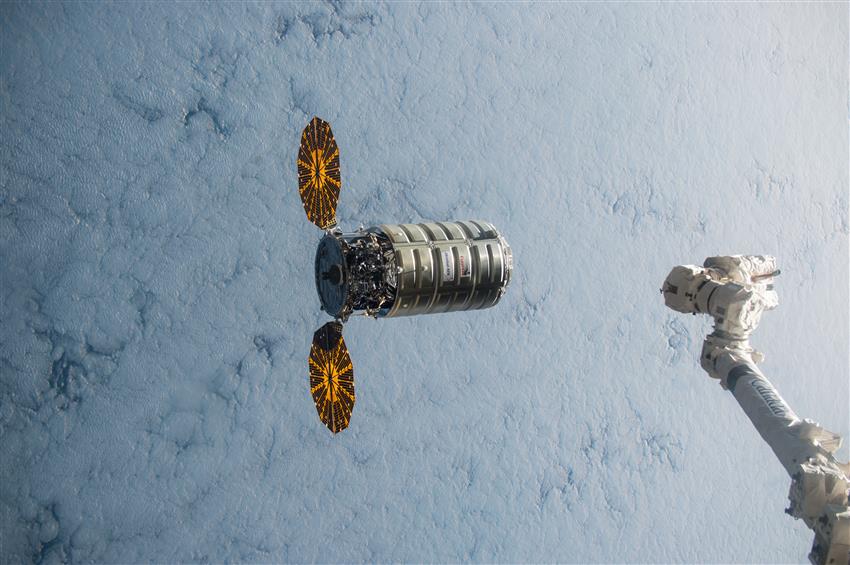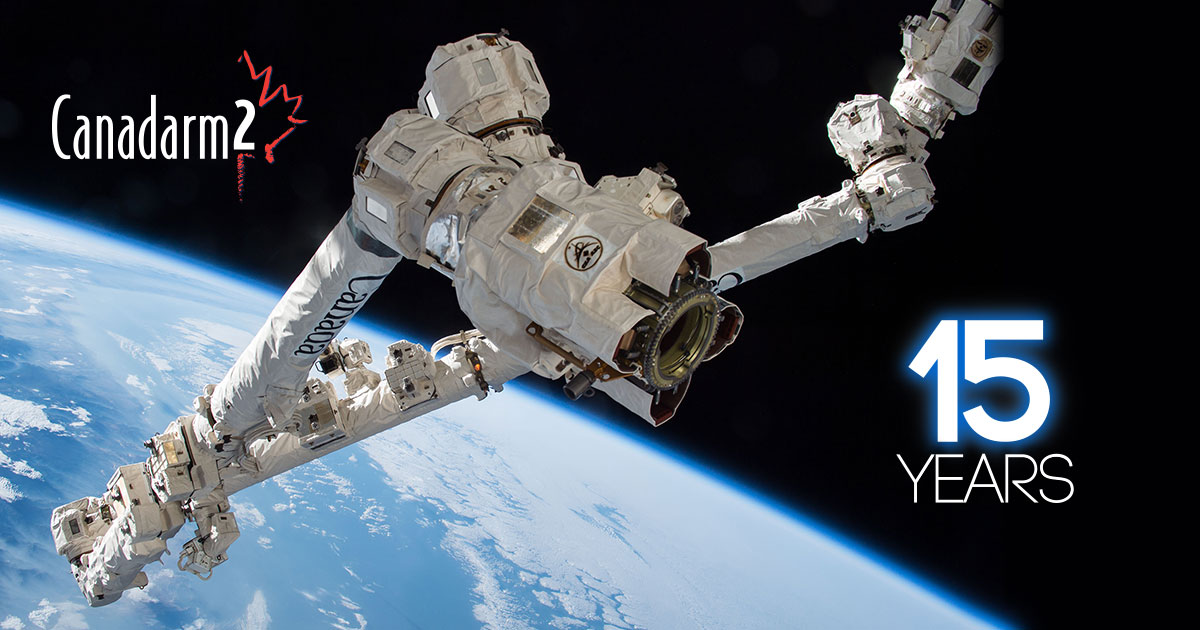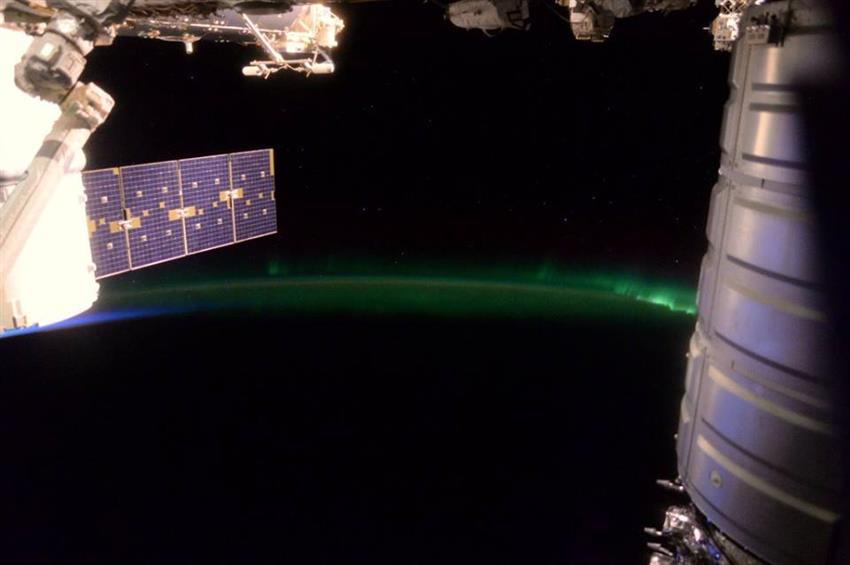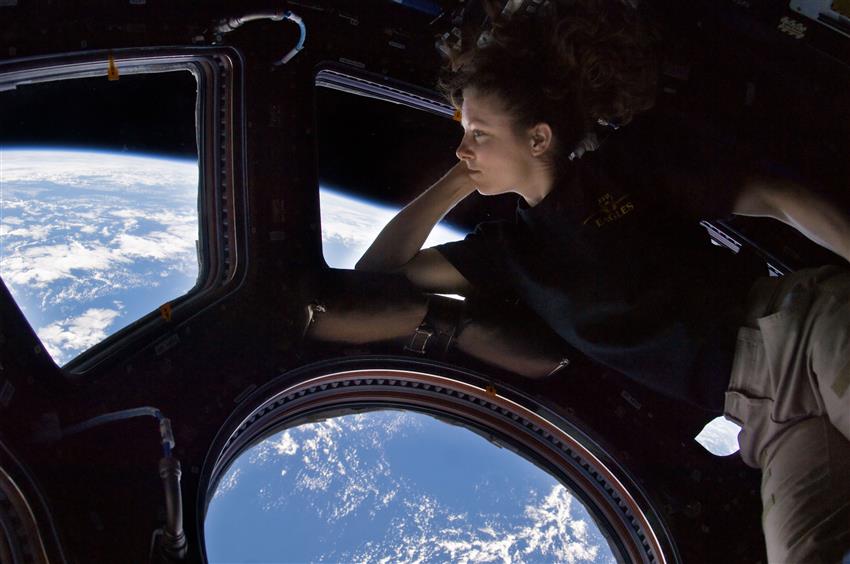Dextre to ring in the New Year with a herculean battery replacement mission
Dextre performs marathon battery replacement operations on the International Space Station. (Credit: Canadian Space Agency)
Beginning on , Dextre will tackle his most intensive robotics operations to date. The Canadian robotic handyman will methodically remove nine old nickel-hydrogen batteries on the International Space Station (ISS), and replace them with six new, more efficient lithium-ion batteries and adapter plates. The batteries are critical to ISS operations, since they store electrical energy generated by the station's solar arrays. Dextre's marathon mission will last a record 16 days, continuing on until .
Dextre will get a helping hand from two astronaut tag teams during their spacewalks. NASA astronauts Shane Kimbrough and Peggy Whitson are scheduled for a spacewalk on while the European Space Agency's Thomas Pesquet will perform his first spacewalk ever with Shane Kimbrough on .


